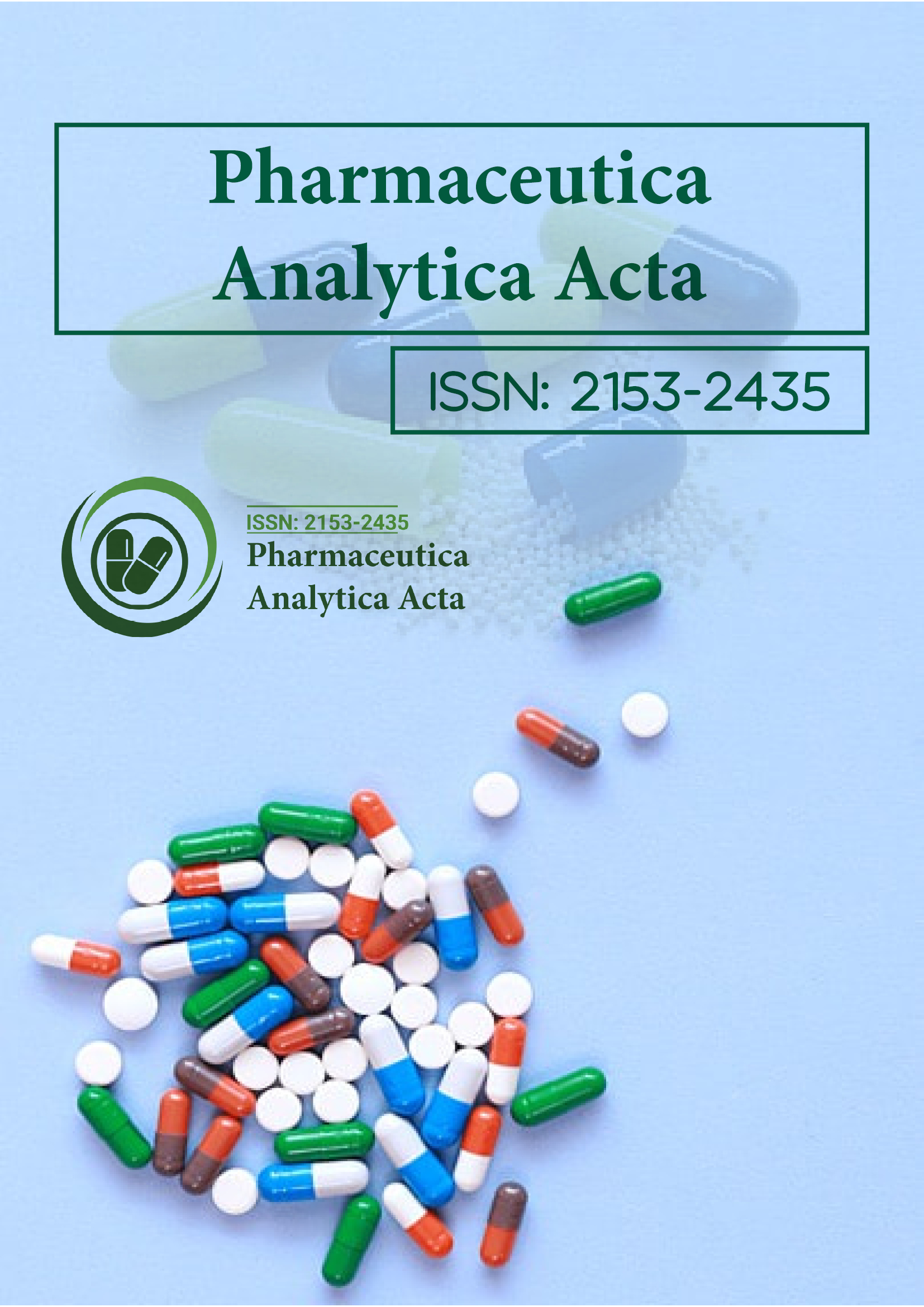Indexé dans
- Ouvrir la porte J
- Genamics JournalSeek
- Clés académiques
- JournalTOCs
- Le facteur d'impact global (GIF)
- Infrastructure nationale des connaissances en Chine (CNKI)
- Répertoire des périodiques d'Ulrich
- RechercheRef
- Université Hamdard
- EBSCO AZ
- OCLC - WorldCat
- Publions
- Fondation genevoise pour la formation et la recherche médicales
- Pub européen
- Google Scholar
Liens utiles
Partager cette page
Dépliant de journal

Revues en libre accès
- Agriculture et aquaculture
- Alimentation et nutrition
- Biochimie
- Bioinformatique et biologie des systèmes
- Business & Management
- Chimie
- Génétique et biologie moléculaire
- Immunologie & Microbiologie
- Ingénierie
- La science des matériaux
- Neurosciences & Psychologie
- Science générale
- Sciences cliniques
- Sciences environnementales
- Sciences médicales
- Sciences pharmaceutiques
- Sciences vétérinaires
- Soins infirmiers et soins de santé
Abstrait
Capacité antioxydante in vitro des extraits bruts et de la fraction acétogénine de la pulpe du fruit du corossol
González EM, Fernández AEL, Sáyago-Ayerdi SG, Estrada RMV, Vallejo LGZ et Yahia EM
Français Les extraits utilisant du chloroforme, du méthanol-acétone, de l'eau et une fraction d'acétogénine obtenue à partir de la pulpe du fruit du corossol ont été analysés en mesurant les composés phénoliques solubles totaux et les activités antioxydantes à l'aide des tests : piégeage du radical 1,1-diphényl-2-picrylhydrazil (DPPH), du radical acide 2,20-azinobis-3-éthylbenzotiazoline-6-sulfonique (ABTS), pouvoir réducteur, radical oxyde nitrique et capacité antioxydante totale. L'extrait méthanol-acétone avait des composés phénoliques solubles totaux plus élevés (3,24-3,95 g/100 g DW), une capacité antioxydante par DPPH (47,9 mmol TE/g DW) et une capacité antioxydante totale (221,96 μg d'équivalent α-tocophérol). Cependant, l'analyse par ABTS, le pouvoir réducteur et les méthodes des radicaux d'oxyde nitrique ont également montré une capacité antioxydante élevée dans l'extrait aqueux. L'extrait de chloroforme et la fraction d'acétogénine avaient une capacité antioxydante plus élevée lors de l'utilisation de la méthode du pouvoir réducteur (respectivement 23,85 et 21,77 μM d'équivalent AA), et étaient plus élevées que dans l'extrait aqueux. Nos résultats suggèrent que la pulpe de corossol est une bonne source d'antioxydants et contient des acétogénines, ce qui fait du fruit un aliment fonctionnel potentiellement important.